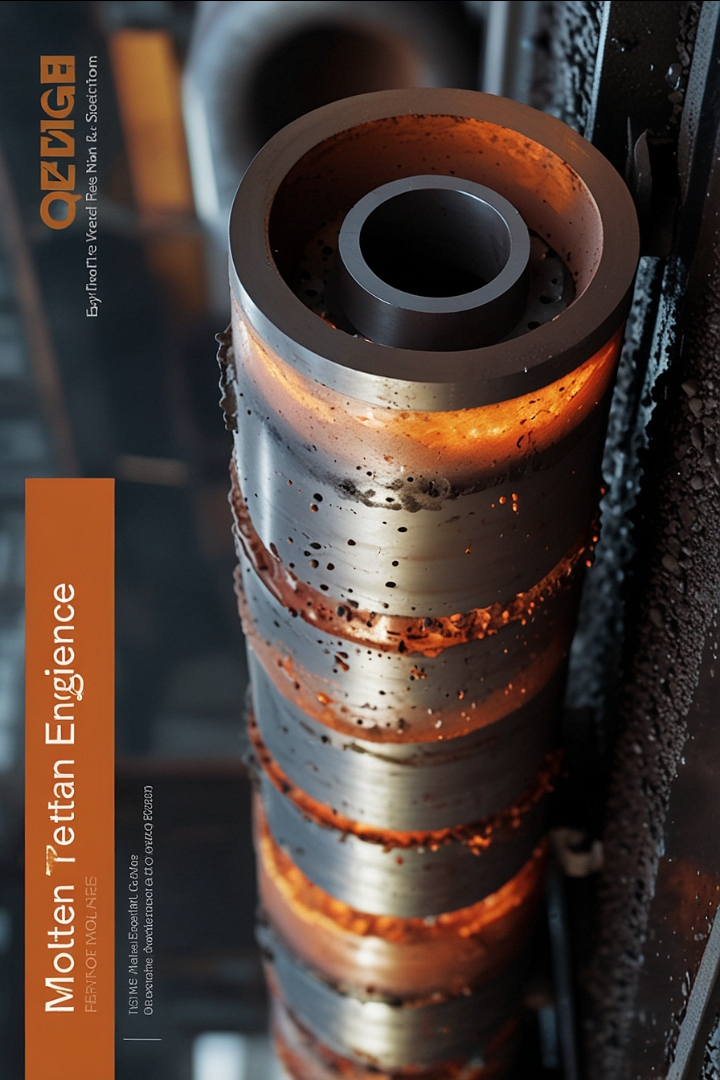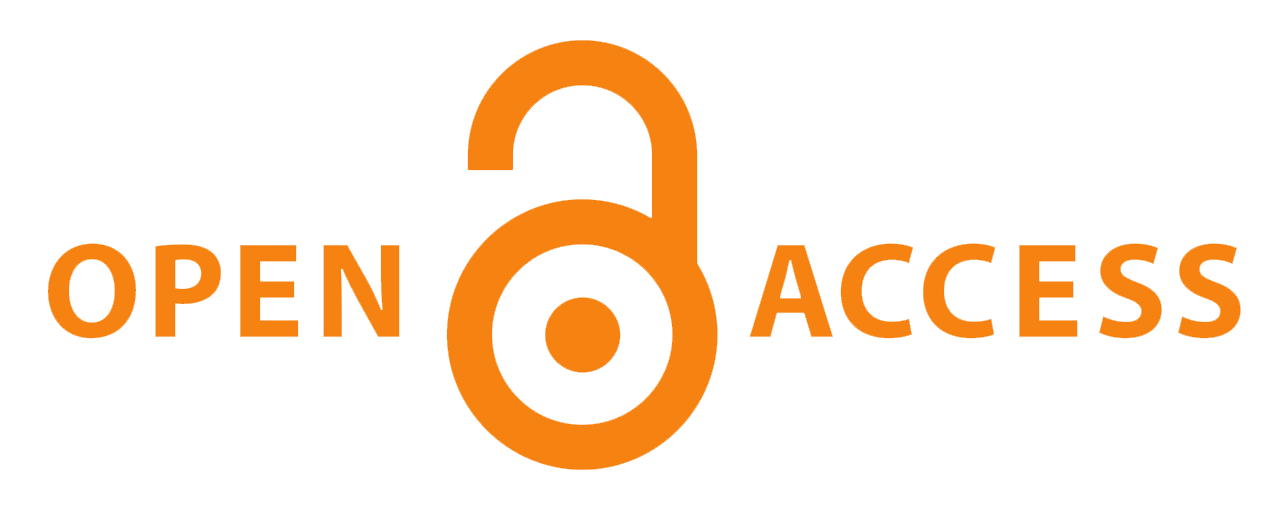Journal menu
Instruction for Authors
Last Edition
Archive
Current Issue
Call for Papers
Submission of Manuscript
The authors’ original work that has never been published in a peer-reviewed journal previously and isn’t currently being considered for publication in another journal should be described in manuscripts. The writers assume public responsibility for the work’s legality and originality by submitting it to the Journal.
If a paper delivered at a conference has not been published in conference materials that are widely accessible or has not been published in its entirety, it will be published in a journal.
Authors must declare during the submission process that the work they are submitting is original to them, that they own the rights to it, that it is intended for first publication in the Journal and has not been published before, and that they have obtained and are able to provide all necessary permissions for reproduction of any copyright works that they do not yet own.
Writer’s identity
Everybody who has contributed significantly to the work need to be acknowledged as an author. Regardless of the individuals’ standing, the principal authorship, authorship order, and other publishing credits should have been determined by their respective scientific or professional contributions.
Free entry
Every paper published in the open access journal has undergone review and, following approval, is made available for free reading and download for all time.
Both Content and Organisation
Every document has to be written in English. The pages need to have been numbered in order. The paper’s text should be organised into parts and, if needed, subsections. One Arabic number will have been used to indicate sections and two Arabic numerals (1.1, 1.2, 1.3) to indicate subsections.
The following sequence will apply to the organisation of the text:
categorization of scientific publications;
DOI number, UDC number,
The paper’s title, in no more than 20 words;
complete names (with affiliation and ORCID iD) of the authors;
An abstract, which should not exceed 200 words, should include a succinct and accurate summary of the paper’s findings and conclusions as well as evidence of the new material’s applicability;
Keywords (five to eight words are recommended);
The relevance of the research and its progress in the field is emphasised in the introduction.
Materials and procedures: The techniques used to carry out the study will be covered in this part. Citing the creator of the used approach is required;
Results and discussion: In this part, the research findings are enumerated and discussed. Additionally, it is preferable to contrast the findings with those of other writers;
The importance of the work, its applications, and future research opportunities might all be emphasised in the conclusion. After the conclusion, there will be an acknowledgement section.
The references list need to be numbered using square blanket and arranged according to their appearance in the text;
Following the list of references is an optional list of symbols used and their SI units.
The document was supposed to be written using the above-mentioned Article Template. Contributions should be between four and fifteen pages long. Longer submissions will only be considered if the writers include a cover letter explaining their decision.
Manuscripts should be submitted online in Microsoft Word (.doc or docx) format.
See the Guide for Authors for comprehensive information.
Recognitions
Each contributor who does not fit the requirements for authorship need to have been acknowledged in a section called Acknowledgments. A department chair who offered just general support or someone who only offered technical assistance are two examples of someone who may be thanked.


